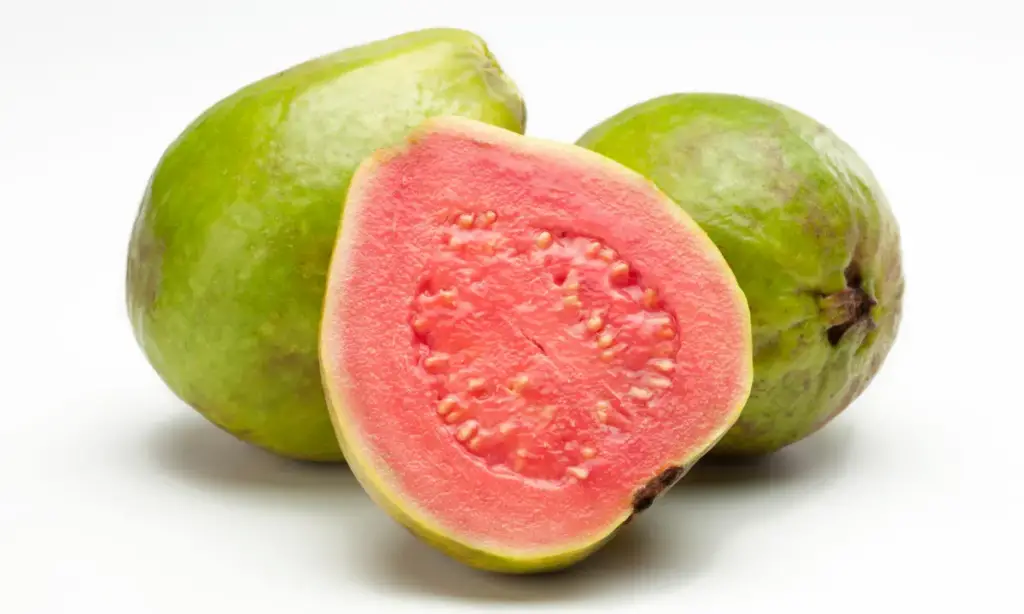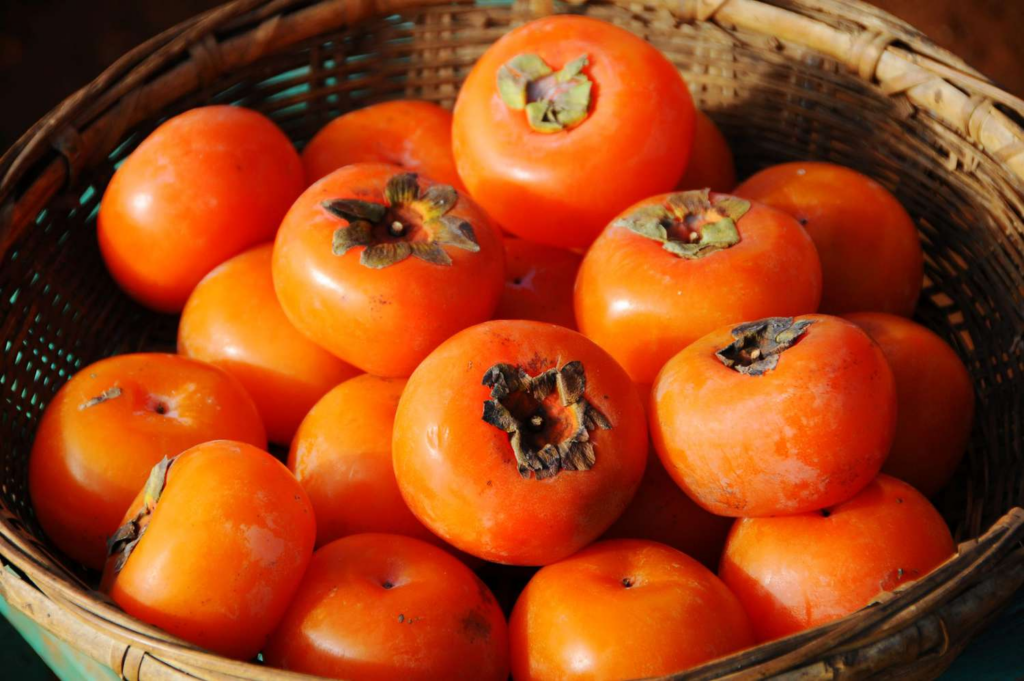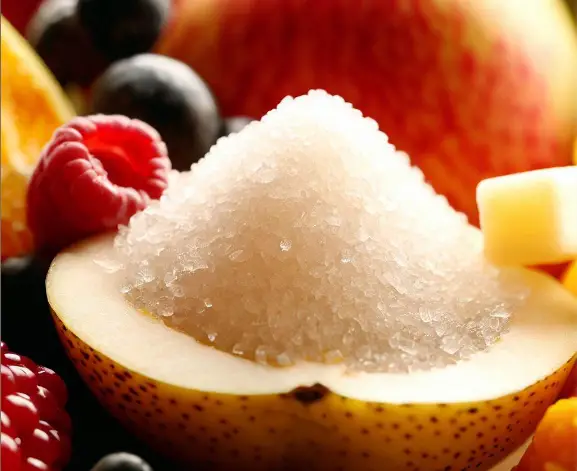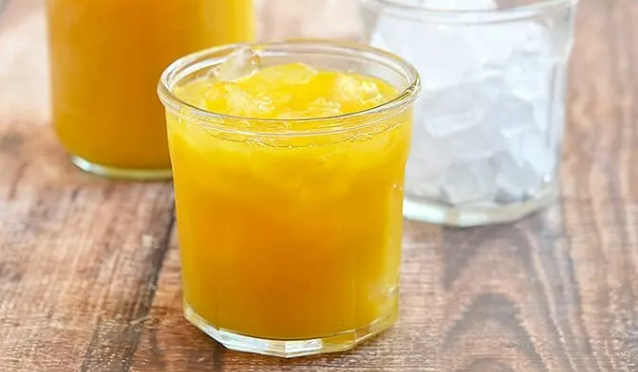Papaya is known for its vibrant orange color, soft texture, and sweet taste. It’s native to the southern regions of Mexico and Central America, but now people all around the world savor this fruit.
For papaya lovers seeking fruits with a taste or texture that’s close to papaya, you’re in luck. Quite a few fruits have similar qualities in their flavor, feel, look, and even health benefits.
Let’s explore a list of 12 fruits that might remind you of papaya:
Table of Contents
Mango

Mangos, with their orange-yellow flesh and soft texture, are reminiscent of papaya. They’re sweet with a hint of peach and pineapple flavors. They also boast lots of vitamins and minerals, especially vitamins A and C.
To choose a good mango, sniff for a sweet scent and squeeze gently to check for a slight give. Mangos can be sliced up for a quick bite, added to fruit mixes, or blended into drinks.
Guava

Guava is another tropical delight with sweet and slightly tart flesh that’s soft when ripe. It’s packed with vitamins C, E, and A, as well as antioxidants that strengthen immunity and heart health.
Look for guavas that feel tender but aren’t too squishy. Enjoy them in a fruit salad, as part of a smoothie, or with soft cheeses.
Kiwi

Kiwi’s bright green color and small black seeds inside might not immediately make you think of papaya, but its sweet-tart flavor and texture are quite similar. Kiwis are full of vitamin C, K, E, folate, and potassium. They reduce inflammation and promote a healthy heart.
Pick kiwis that are slightly soft to your touch. Slice them up, or scoop them like a pudding for a tasty treat. Their seeds add a pleasant crunchiness.
Cherimoya

Cherimoya might look a little different with its green skin, but its creamy white flesh and large seeds have a papaya-like taste – sweet with a blend of banana, mango, and pineapple flavors. This fruit is a vitamin C and B6 powerhouse.
When choosing a cherimoya, find one that’s slightly soft. You can eat the flesh by itself or mix it into dishes like smoothies, salads, and desserts.
Sapodilla

Less known but delicious, the sapodilla fruit has a sweet, custard-like interior that’s similar to papaya when ripe. It’s filled with vitamin C, A, B5, iron, and magnesium and even helps promote good sleep.
Wait for sapodillas to become soft, then slice and enjoy them raw, blend them in drinks, or use them in desserts like jams and ice creams.
Cantaloupe Melon

Cantaloupes might be one of the most papaya-esque melons out there, with their soft, sweet orange flesh. They have a lot of vitamins A and C, and potassium. They’re known for helping skin, eyes, and the immune system stay healthy.
For a good cantaloupe, search for one that smells sweet and has a little give at the end where the stem was. They’re perfect in salads, smoothies, or even as salsas.
Peach

Peaches, when ripe, have a softness and sweet taste that can remind you of papaya, even though their skins are very different. Peaches come with lots of vitamin C and A, potassium, niacin, and antioxidants that are good for the heart and skin.
Eating peaches can also help your health and keep your blood sugar levels in check.
When a peach is ready to eat, it should feel a little soft if you squeeze it gently. The color of peaches can be different—some are more yellow, and others have a bit of red on them. You can enjoy peaces in many ways: eat them just as they are, bake them in sweet dishes, grill them, or mix them into a tasty smoothie.
8. Pineapple

Pineapples are full of nutrients that are good for you—they have lots of vitamin C, a mineral called manganese, and something called bromelain. When pineapples are ready to eat, they taste sweet and a bit tangy, and the inside is a lovely bright yellow.
Like papayas, pineapples have a softness that melts in your mouth. You can enjoy them on their own, cook them on the grill, or put them in smoothies and salsa for a tropical flavor.
Good pineapples have a nice, sweet smell and feel a little soft when you press on the outside. Bromelain is great because it reduces inflammation, helps your immune system, and can make injuries heal quicker.
9. Persimmon

Persimmons may be smaller than papayas, but when they’re ripe, they can taste quite similar. These fruits change from being pretty hard to really soft and juicy as they ripen.
They’re full of good stuff like vitamin C and A, and substances called lycopene and zeaxanthin. Persimmons can help you lower your blood pressure and bad cholesterol, which is great for your heart.
Let persimmons get very soft before you eat them. Then, you can scoop out the insides and mash them to use in baking, mix them into yogurt and smoothies, or just enjoy them with a spoon straight up.
10. Passion Fruit

The passion fruit comes in different colors, including yellow and purple. The more common kind is yellow with thin skin and a bright orange-yellow heart filled with lots of small black seeds surrounded by a jelly-like fruity bit. This fruit is deliciously sweet and tart, with a flavor that’s a mix of mango, pineapple, and banana.
Packed with vitamin C, fiber, and antioxidants, passion fruits are linked to lower cholesterol and help keep your heart healthy.
You can have passion fruit as it is, or toss it into smoothies, salads, and desserts. When picking one, find fruits that feel heavy and smell really nice.
11. Butternut Squash

Butternut squash is a winter vegetable with a lovely orange inside and a shape that’s a bit like an elongated pear. It has a sweet taste that makes you think of pumpkin, and it goes well with spices like nutmeg, cinnamon, and ginger.
This squash is loaded with vitamins and minerals such as vitamin A, beta-carotene, vitamin C, potassium, and folate. It’s good for your heart, eyes, and it helps digestion.
When choosing butternut squash, pick ones that are rich in color and don’t have any marks. You can roast it or steam it as a side dish, or purée it to make smoothies and soups.
12. Star Fruit

Star fruit, or carambola, is juicy and crisp, much like ripe papaya. When you cut it, it looks like a star and tastes sweet. This fruit is shiny and appealing to look at, too.
Full of vitamin C and A, plus antioxidants, star fruit is great for keeping your body healthy and fighting off inflammation.
Go for the star fruits that look bright, feel plump, and don’t have any wrinkles. They’re delicious in fruit salads, or you could juice them. They can also be used to add a unique touch to sorbets and cocktails.
Satisfy Your Taste Buds with Papaya-Like Fruits
If you’re a fan of the soft, juicy taste that ripe papayas have, you might want to try eating some other similar fruits. Things like mangoes, guava, kiwi, and melons, which include cantaloupe, can give you the same kind of experience.
And don’t forget about other interesting fruits like cherimoya, sapodilla, and star fruit. They also have that papaya flavor and texture that you like. Get adventurous and find fun ways to enjoy these tasty and healthy fruits, whether it’s eating them plain, adding them to smoothies, or using them in dessert recipes.
There are so many yummy choices out there; you’re sure to keep things interesting while quenching your thirst for that papaya taste. Which papaya-like fruit will you try first?









